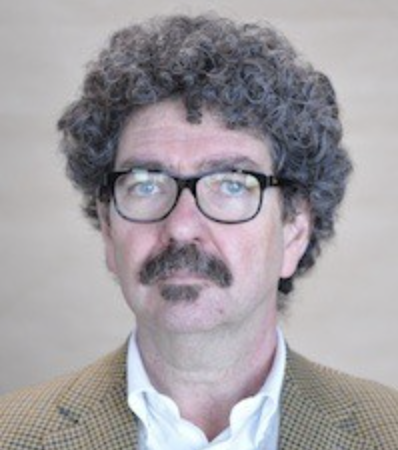The organisers of an inception meeting as part of the CGIAR Research Program on Trees, Forests and Agroforestry took their own advice to heart and analysed feedback from male and female meeting participants separately. Component 2 focuses on the genetic diversity of forests and trees.
Five women (out of 12 at the meeting) and 17 men (out of 31) identified themselves by gender on their replies. Although too few to allow for statistically valid comparisons, the results were perhaps unexpected and certainly suggestive.
“Overall, the men said they were more satisfied than the women on a range of issues,” said Laura Snook, Coordinator of Component 2.
Men were more satisfied with the level of mutual understanding and the depth of discussions, the background documents, travel arrangements and the meeting room and facilities. The one measure on which women were more satisfied than men was the decision-making process.
“There are lots of ways to think about these results,” said Snook, “And we intend to find out in more detail what they mean and to see what we can do about this in future. The really interesting point is that we hadn’t considered disaggregating the results by gender before.”
The suggestion to do so came from Carol Colfer, a senior associate with CIFOR and expert on gender in development, who advised the researchers at the meeting how best to bring gender issues into their research. Colfer commented: “I have been a gender resource person off and on for nearly four decades, and very often I have been the only person available with that particular interest and expertise, with neither a firm institutional mandate nor any financial incentives to strengthen my encouragements. This meeting represented a significant departure from that pattern.”
An independent scoping study of gender in the CGIAR Research Programs noted that Trees, Forestry and Agroforestry had “Integrated gender in original and effective ways” in its research agenda. Each main research question has identified gender-specific aspects, and there is an impact pathway in the proposal that shows how research results will be translated into increased gender equality and improved lives for women and men.
Riina Jalonen, Bioversity’s gender focal point for this CGIAR Research Program, said “The organization is looking forward to stepping up our gender work in tree diversity research. One important entry point will be to look at how we prioritize species, for example timber versus non-timber products. Non-timber products are usually much more important to women in poor communities.”
Overall, the research program will devote approximately US$1 million annually over the next three years (2012-2014) to building capacity for gender-focused research. Manuals on gender research methods, with sets of indicators for gender inclusion, will be accompanied by training seminars and capacity building for CGIAR staff and key partners.
And, of course, collecting and analyzing gender-disaggregated data.
We want you to share Forests News content, which is licensed under Creative Commons Attribution-NonCommercial-ShareAlike 4.0 International (CC BY-NC-SA 4.0). This means you are free to redistribute our material for non-commercial purposes. All we ask is that you give Forests News appropriate credit and link to the original Forests News content, indicate if changes were made, and distribute your contributions under the same Creative Commons license. You must notify Forests News if you repost, reprint or reuse our materials by contacting forestsnews@cifor-icraf.org.










